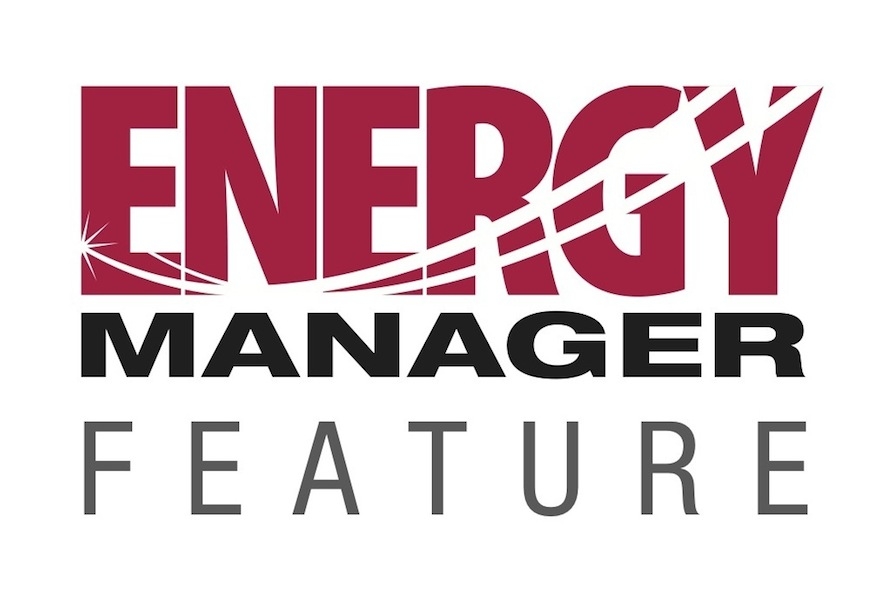
News
FEATURE – Taking advantage of utility energy efficiency programs
September 12, 2012 - Energy efficiency programs have been helping electric utility customers reduce and manage their energy costs for 30 years or more in many states. Born out of the energy crises of the 1970s, these customer programs have grown and matured to become a low-cost, high-value energy resource for electric utilities and their customers.
September 12, 2012 By ACEEE

Three Decades and Counting: A Historical Review and Current Assessment of Electric Utility Energy Efficiency Activity in the States, a new report by the American Council for an Energy-Efficient Economy (ACEEE), examines the history of these programs and their role in helping to transform the electric utility industry.
“Working with customers to reduce their energy use through improved energy efficiency was a radical departure from the traditional utility business model followed from the earliest days of the industry through the 1970s,” said Dan York, ACEEE Utilities Program director and lead author of the report. “Using energy efficiency and related practices to manage customer energy use has become an integral and highly valuable utility energy resource.”
Energy efficiency programs for electric utility customers have been in place in some states for 30 years or more. Other states have only more recently begun significant energy efficiency programs. Across the nation, however, these programs have experienced especially rapid growth over the past decade due to a variety of policies that have been established by utility regulators and state policymakers. Such policies have been enacted in recognition of the multiple benefits of improved energy efficiency in customer homes, business, and industries. In 2010, the total budget for electric utility customer energy efficiency programs was $4.6 billion, about a four-fold increase from the $1.1 billion spent on such programs just a decade earlier.
“The concept of energy efficiency as a utility resource is really very simple,” said Marty Kushler, ACEEE Senior Fellow and co-author of the report. “To keep an electric system in balance, you can either add supply resources or reduce customer demand. Utilities, regulators, and policymakers have increasingly come to realize that it is far cheaper to reduce demand through energy efficiency programs than it is to construct, fuel, and operate additional electric generating plants.”
The ACEEE report found that not only do customer energy efficiency programs help reduce energy costs, they also yield significant environmental benefits and can improve system reliability. Furthermore, the report found that energy efficiency remains the lowest cost energy resource available to utilities by a wide margin. Saving a kilowatt-hour of electricity as the result of a customer energy efficiency program is about one-third the cost of generating a kilowatt-hour from a power plant.
“This report documents the significant record of achievement from customer energy efficiency programs over the past three decades. This legacy has established an important foundation for a new era of such programs—an era that will be marked by innovation and continued expansion,” said Steven Nadel, ACEEE executive director.
To read the report visit: aceee.org/research-report/u123.
***
The American Council for an Energy-Efficient Economy (ACEEE) acts as a catalyst to advance energy efficiency policies, programs, technologies, investments, and behaviours.
Print this page